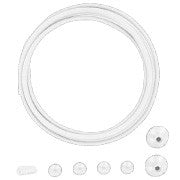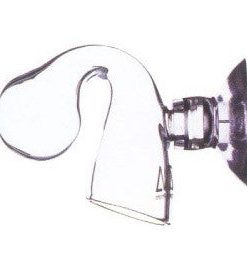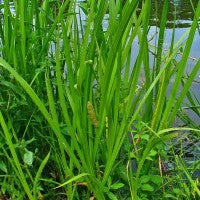Aquavitro Purfiltrum 100mL Seachem
$ 26,30 $ 15,78
Aquavitro Purfiltrum 100mL
- ultra high capacity organic waste removal
- controls ammonia, nitrites and nitrates
- highest capacity organic filtration resin on the market
Purfiltrum is a unique macro-porous synthetic polymer that removes soluble and insoluble organic impurities from water 5 to 10 times faster and more completely than all other competing products. It is the highest capacity organic filtration resin on the market, outperforming even Purigen, binding 10 to 15% more organic material. Purfiltrum controls ammonia, nitrites and nitrates by removing nitrogenous organic waste that would otherwise be converted into these harmful chemicals. Purfiltrum will not reduce the levels of trace elements, and it significantly raises redox. It polishes water to unparalleled clarity. Purfiltrum progressively darkens as it removes impurities, and is easily renewed by treating with bleach per recommended regeneration instructions. Purfiltrum is designed for both marine and freshwater use.
Direction
Rinse before use. Use in a fine mesh filter bag such as Seachem’s The Bag™. Each 225 mL treats up to 1,000 L (250 US gallons) for up to six months. Exhaustion is indicated by a pronounced discoloration of the beads to dark brown or black.
Regeneration: Once it is exhausted, it can be easily regenerated with a solution of bleach and water. Soak in a 1:1 bleach:water solution for 24 hours in a non-metallic container in a well-ventilated area, away from children. Use regular 8.25% hypochlorite household bleach (non-scented, no dyes, do not use a splash-less bleach). Rinse well, then soak for 8 hours with a solution containing 3 tablespoons of alpha™, or equivalent dechlorinator per cup of water. Rinse well. For freshwater use, soak beads for 4 hours in a solution containing 2 tablespoons of buffer (Seachem Discus Buffer® or Neutral Regulator®) per cup of water. The original color and full activity should now be restored and purfiltrum™ is ready for reuse. Caution: some slime coat products may permanently foul purfiltrum™ and render regeneration difficult. Do not reuse if odor of bleach/chlorine is detectable. If uncertain, soak beads in small quantity of water and test for residual chlorine with a chlorine test kit.
Fast Shipping and Professional Packaging
We can offer a variety of shipping options thanks to our long-term relationship with UPS FedEx DHL. Our warehouse staff will package all goods to our exacting requirements. Prior to shipping, your goods will be thoroughly examined and securely secured. We deliver to thousands of customers every day from all over the world. This is a sign of our determination to be the largest online retailer in the world. Warehouses and distribution centers are located throughout Europe as well as in the USA.
Note: Orders that contain more than one item will be assigned a separate processing time for each item.
Prior to shipment, we examine the items ordered thoroughly before sending the items. Most orders are shipped within 48 hours. The expected delivery time is 3 to 7 days.
Returns
The stock is constantly changing and cannot be fully controlled by us due to the involvement of many different parties, such as the factory and our warehouse. The levels of stock can change at any moment. You may not receive your order once the order has been made.
The policy is 30 days. If it's been longer than 30 days since you made your purchase and we're unable to offer you a complete exchange or refund.
To be eligible for a return your item must be unused and in the same condition as you received it. You must have the item in its original packaging.
Related products
CO2 Accessories
Freshwater Plant
Air Pump Accessories
Plant Fertilisation
Plant Fertilisation
Conditioner
CO2 Accessories
Bacteria
CO2 Accessories
Freshwater Plant
Filter Media
Uncategorized
Plant Fertilisation
CO2 Accessories
Plant Fertilisation
Filter Media





































